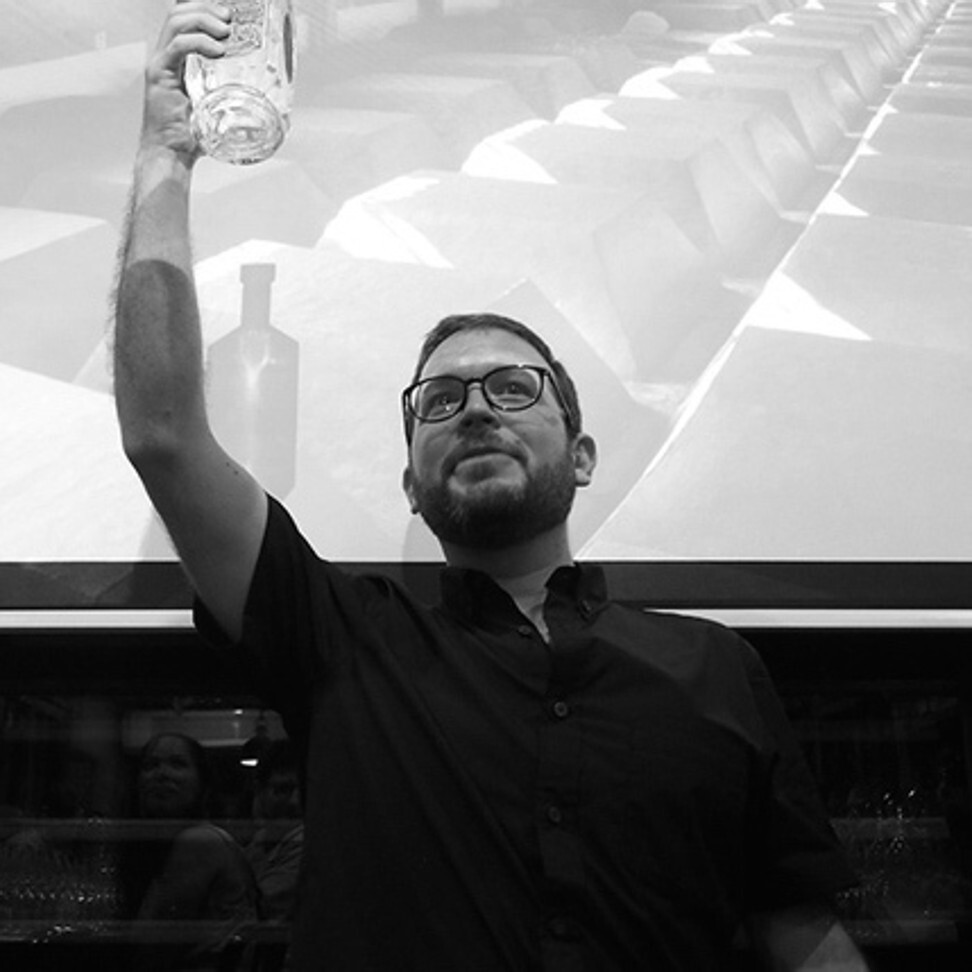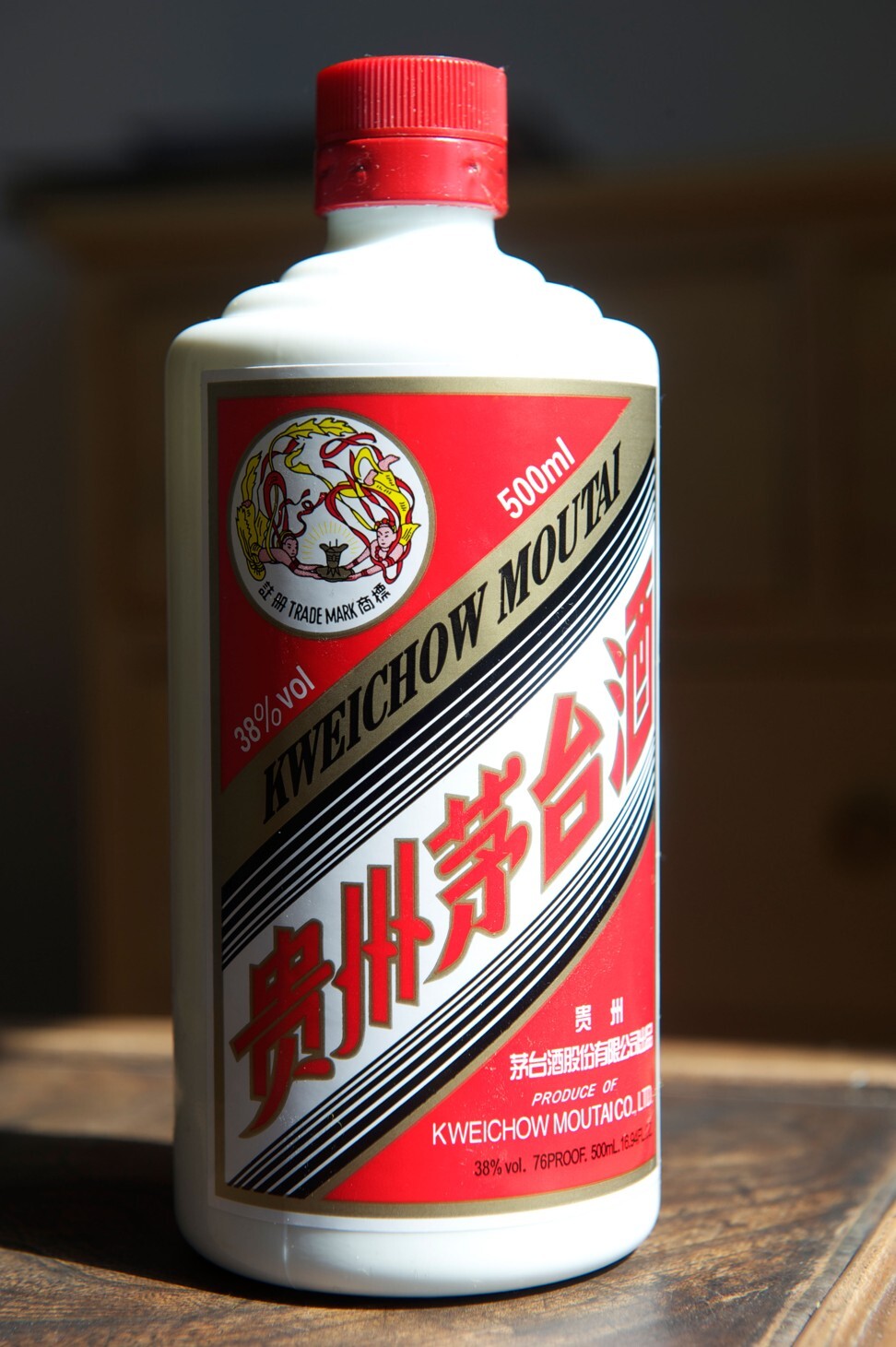
Review | Drunk in China goes on a baijiu bender and asks is ganbei culture dying out?
- Author Derek Sandhaus examines the country’s long history and present relationship with alcohol
- A disapproving Xi Jinping and growing preference for international tipples have seen baijiu sales drop
Drunk in China: Baijiu and the World’s Oldest Drinking Culture
by Derek Sandhaus
University of Nebraska Press
4/5 stars
Author Derek Sandhaus takes the reader through both his own personal journey with baijiu – and his determination to break past the 300 glasses it allegedly takes to appreciate the drink, in comparison with 10 for beer – and China’s long history with alcohol in general: “As long as there has been a Chinese identity, there has been a Chinese drinking culture,” he write

Sandhaus has much to say about China’s drinking culture, its ancient and modern distilling methods, industry practices, and what the future may hold. He is an ideal guide – genial, humorous, self-deprecating.
Drunk in China starts with Sandhaus’ own story. Much of which will be familiar to those who have visited China: the initial suspicion of baijiu followed by that first big drinking session (in which he “passed the bottle and perpetuated the cycle of violence”).
His time spent living in Shanghai and then Chengdu propels him to the drink, following an induction with “Scandinavian baijiu magnate” Johan, who ran a joint venture with Vin & Spirit (producer of Absolut Vodka). From there his journey becomes something of a quest as he seeks to learn as much as he can about baijiuand visits the main production centres across the nation.
The history of alcohol in China stretches back millennia: traces have been found in pottery from a settlement in Jiahu, Henan province, dating back to between 7,000BC and 5,800BC, making it the oldest alcohol ever documented. (Previously it was thought fermentation had been discovered in the Near East or the Caucasus.)
He notes the shift from hunting and gathering to settled agricultural communities in China may have been prompted by the desire for regular supplies of the fruit and cereals needed for early fermentation: the “beer-before-bread” theory. Even more remarkably, rice may have been used to make alcohol long before it became a staple food.
“Distilled spirits attacked China like a virus. A radical new element injected into a closed system, it was initially contained and unnoticed. Later it adapted to its host, spread with great rapidity, and mutated. It kept mutating, over and over, until it was no longer recognisable. It had become something new altogether. Baijiu is not an Eastern drink, nor is it a Western drink. Baijiu is fusion. It is what happens when more than seven thousand years of winemaking tradition gets a technological kick in the a**.”
Baijiu, China’s national drink, eyes global market
The first clear description of Chinese methods of distillation dates back to the 15th century – unusually late given its discovery perhaps 800 years earlier, in Persia. However, there are suggestions of distillation by the 13th century, during the time of Marco Polo, who noted a Chinese wine that was “clear, bright and pleasant to the taste, and [...] has the quality of inebriating sooner than any other”.
By then, distillation had been adapted from Mongolian methods, and each town and village developed their own recipes and brands. This was not so much a matter of local pride as it was necessity: transplanting recipes even a few kilometres away, using exactly the same materials, resulted in a different product: the essence is in the air as much as the ingredients.
This resulted in a huge array of products when baijiu, and specifically the Beijing variety erguotou, became the national drink after the 1949 revolution. State takeovers of distilleries regulated supply and reduced innovation, but the economic take-off in the 1980s resulted in dramatic increases in demand and a new set of problems.
The rigours of production meant supply could not keep up, and so knock-offs increased and quality declined, leading to renewed government intervention. (Fake booze dates back longer than this, Sandhaus notes: “Nineteenth-century liquor sellers in Beijing were notorious for cutting their products with arsenic and pigeon dung.”)

For a certain demographic, high prices were part of the appeal, given the importance of premium brands in gift-giving. A bottle of Kweichou Moutai’s flagship Flying Fairy brand soared to more than US$250, though in 2011, it was suggested that 90 per cent of all bottles sold were counterfeit.
Sandhaus’ section on the health impact of “ganbei culture” and the response from the medical sector – or lack of it – is particularly interesting. Many people will have heard stories of officials dying after excessive toasting, but the volume of incidents suggests harm on an almost industrial scale. For example, during the National Day and Mid-Autumn Festival holidays in 2012, “Chinese media reported that more than 100 people were hospitalised for alcohol poisoning in a single city”.
Perhaps even worse is that alcoholism in China is seen as a moral failing rather than a health issue, and yet to refuse a toast is all but impossible. As Sandhaus points out, the profile of baijiu drinkers is remarkably narrow, consumption being largely limited to professional and official occasions.

This has forced the baijiu industry to diversify. There’s a new dynamism in how Chinese firms are selling the drink: baijiu cocktail bars in New York, an annual World Baijiu Day declared for August 9, lighter brands to appeal to women, and overseas sales and renewed joint ventures.
But Sandhaus writes, “Baijiu has always been an international drink. There is much of it in the liquors of the world and vice versa. Recognising it is only a matter of perspective.”
Drunk in China is highly enjoyable for its depth and breadth, for its human interest and historical knowledge, its rigour, humour and intelligence. Sandhaus points out that English-language writing on baijiu or on alcohol in China in general, is scant, which is curious, given that alcohol is one of the abiding fascinations of most cultures.
Sandhaus’ book can stand alongside other alcohol-related releases such as Everyday Drinking (1983), by Kingsley Amis, and Raw Spirit (2003), by Iain Banks. More importantly, perhaps, this is bound to become the go-to guide on how China’s national drink is produced, consumed and marketed, charting its history, culture and effects.

